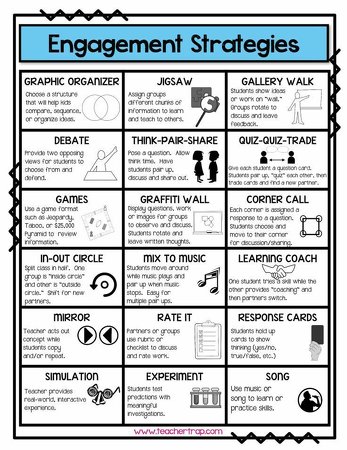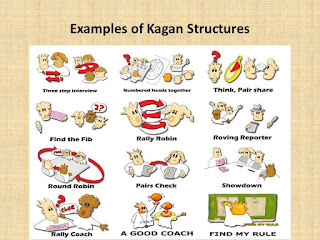Friday, November 24, 2017
In what situations would you consult with the school psychologist?
Most students always respond effectively to positive reinforcement and are always engaged, working in the classroom, being productive, and staying on task. They are almost like little ants working along with you to accomplish the objectives of the day. My concerns usually raise with those students that are under performing and positive reinforcement is not motivation for them. I would consult with a school psychologist when I have tried several strategies, interventions, and nothing works with that particular student. If a student has been sent several times to the principal's office, if meeting with parents doesn't seem to change anything, that is when I would consult with a specialist.
Many times parents will see the need to have their child tested because they see that they fail to maintain healthy relationships with other peers and the teacher, and they fail to succeed academically because their emotional/behavior challenges become a barrier to become successful academically in the school and concentrate in class.
On the other hand, if you see other red flags that sometimes come up, if a student is usually late, misses a lot of school, doesn't do homework, doesn't bring lunch, doesn't clean up nicely, those are signs that something is going on at the home, and as a teacher we should tell our supervisors if we think there might be signs of neglect or child abuse and immediately notify CPS.
Active Engagement Strategies
Engagement is very important because that is the only way students learn. Students attention spam is very short compared to adults. Therefore, we have to switch activities every 10,15,20 minutes depending on the student's age. Some of the student engagement activities I've used are songs in Spanish to learn concepts introduced in the classroom. Thinking maps are used all the time. Mix and match between students with music. Hand and body movements to remember concepts or new vocabulary. Line up according to the index card and category of the word you have. Centers with puzzles, bingo, dice, dominoes. I've used think, pair, and share. Kagan structures are some of the best activities to implement in the classroom. Make sure student's follow the instructions and directions first. Stick to 5-6 structures and use them often enough so students already know what to do.
Here are some of the structures that are available out there. My instruction time with two groups of students that switch every half-day makes it hard to do sometimes, but it is worth doing between switches, and transitions, or to apply concepts learned in class.
Here are some of the structures that are available out there. My instruction time with two groups of students that switch every half-day makes it hard to do sometimes, but it is worth doing between switches, and transitions, or to apply concepts learned in class.
STEM concepts incorporated in Lesson Plans
STEM lessons are not very hard to implement. My science curriculum the Foss kits already come in the format for STEM lessons. The idea is that students instead of being taught the scientific method as a lesson, they use it in the everyday Science class. The foss kits come with open ended focus questions that students need to figure out by themselves. First, they are introduced materials, then they test the materials, they analyze their properties, based on the focus questions the students carry out investigations to solve those focus questions. Teacher assists and reviews vocabulary, provides the sentence frames for students to come up with their own hypothesis and conclusions.
Our lessons can incorporate STEM concepts by solving real world problems, encouraging students to carry out investigations, by using technology, research, and working in groups. Cooperative learning helps students come with people skills to the workforce, so that they can efficiently, and productively work with others.
STEM lessons work in strengthening the following skills: Critical thinking skills, problem solving skills, and team work skills. Because those are the skills more sought after by employers.The reason for that is that we are training our students to fill job positions that don't even exist now. For example 20 years ago there weren't jobs for cloud computing, or self-driving cars, and for solar energy cars, and panels.
Our lessons can incorporate STEM concepts by solving real world problems, encouraging students to carry out investigations, by using technology, research, and working in groups. Cooperative learning helps students come with people skills to the workforce, so that they can efficiently, and productively work with others.
Subscribe to:
Comments (Atom)



